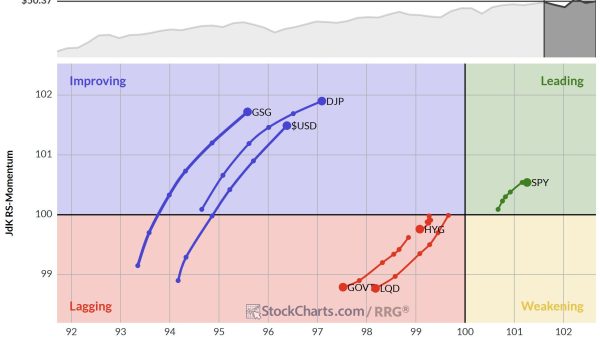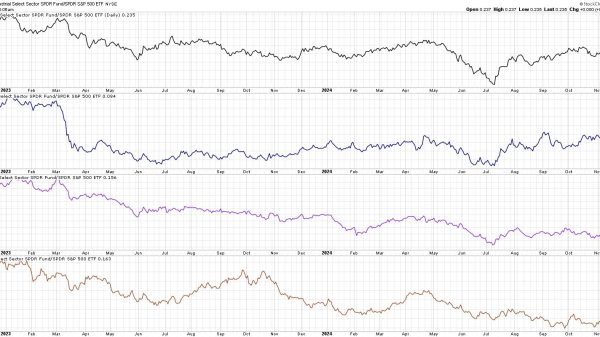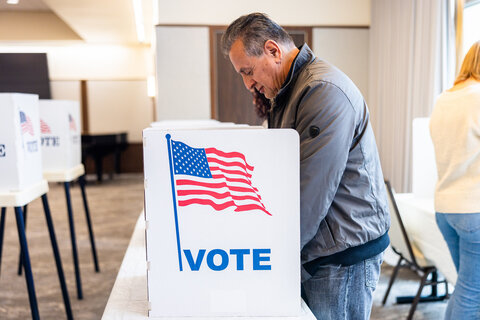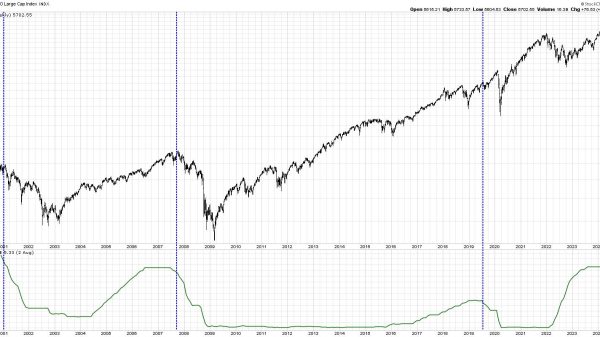
In a blog post earlier this year, I lamented the decision by Oregon lawmakers to roll back Measure 110, a ballot proposition that Oregon voters passed in November 2020 decriminalizing drug use and possession while expanding access to harm reduction and addiction treatment services.
Measure 110 went into effect in February 2021, when COVID-19 pandemic policies and bureaucratic delays blocked harm reduction and treatment services. Complicating matters further, fentanyl, which had been making its way in an east-to-west wave across the country, arrived in the Pacific Northwest around 2019–2020, causing a spike in opioid-related overdoses similar to the spikes seen in every other region when fentanyl entered the drug supply. ( By 2018, almost 90 percent of overdose deaths involving fentanyl and its analogs occurred in 28 states east of the Mississippi River.) These factors combined to create a “perfect storm,” leading Oregon policymakers to believe Measure 110 was responsible for the increase in overdose deaths.
With the law in effect only two years, and with the expansion of harm reduction and treatment services begun only eight months earlier, Oregon lawmakers re-criminalized drug possession. Pundits supporting drug prohibition were quick to point to Oregon as an argument against decriminalization.
Today, researchers from Brown University and RTI International published new research in the Journal of the American Medical Association (JAMA) that analyzed the association between fatal overdose and the enactment of Measure 110. The researchers conducted a cohort study using a “matrix completion synthetic control method.” The 48 states and the District of Columbia that had not decriminalized drugs served as the control. The researchers assessed the prevalence of fentanyl in unregulated drug markets by analyzing the percentage of state-level drug samples reported to the National Forensic Laboratory Information System and identified as fentanyl or its analog. They obtained mortality data from January 1, 2008, to December 31, 2022, from the Centers for Disease Control and Prevention. The primary outcome they assessed was fatal overdose rates per half-year. They used a changepoint analysis—a statistical technique that detects points in a data series where the properties or underlying patterns change—to determine when the fentanyl wave hit each state. Their findings:
After adjusting for the spread of fentanyl as a confounder, the effect size changed signs (estimate [SE], −0.51 [0.61]; P = .41) and there was no longer an association between decriminalization and overdose mortality in Oregon.
The researchers’ conclusion:
In this cohort study of fatal drug overdose and the spread of fentanyl through Oregon’s unregulated drug market, no association between M110 and fatal overdose rates was observed. Future evaluations of the health effects of drug policies should account for changes in the composition of unregulated drug markets.
There is now empirical evidence showing decriminalization critics and Oregon lawmakers too quickly abandoned Oregon’s “experiment” with decriminalization combined with increased access to harm reduction and treatment. Will the critics examine this new evidence?
Alas, it may be too late. All the bad publicity hoisted unjustly on Oregon’s short-lived attempt at drug policy reform has set back similar reforms in other parts of the country.
























